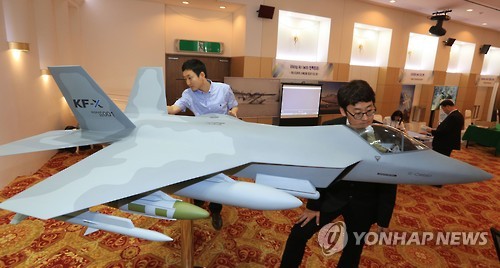
Seoul, 12 Jumadil Awwal 1438/09 February 2017 (MINA) – South Korea and Indonesia will open a joint office on Wednesday to carry out close consultations in the KF-X fighter aircraft development project, the state defense procurement agency said.
Also Read: MUI Warns Government of Risks Behind Proposed Stabilization Force Deployment to Gaza
“The opening of the joint office will not only help the two countries exchange views on pending issues during the KF-X project but also allow them to effectively fine-tune differences,” Yonhap quoted Jung Kwang-sun, director general for the KF-X Program Group at the Defense Acquisition Program Administration (DAPA), as saying in a statement.
The office will open in Sacheon, 437 kilometers southeast of Seoul.
Seoul and Jakarta signed an 8.1 trillion-won (US$7.1 billion) deal to jointly develop the KF-X/IF-X 4.5-generation fighter in January last year, with the latter investing 1.7 trillion won for a 20 percent stake in the project.
The project is led by South Korea’s DAPA, with the Korea Aerospace Industries Co. (KAI), the country’s sole aircraft manufacturer, leading the development, the spokesman said.
Also Read: Prof. El-Awaisi: The Mandate to Liberate Al-Aqsa Began at Prophethood
Currently, Indonesia’s state-owned aerospace prime, PT Dirgantara Indonesia (PTDI), has sent 74 engineers and officials to KAI to participate in the development project, he said.
The preliminary design phase for the KF-X/IF-X began in December and is expected to be completed in the second quarter of 2018. A prototype is due to fly in 2021 or 2022, with deliveries scheduled for around 2025, according to DAPA.
Minor differences between KFX and IF-X
Also Read: Mount Semeru Erupts, Trapping Dozens, Forcing Evacuations in East Java
South Korea’s military requires more than 100 KF-Xs, while Indonesia needs at least 50 IF-Xs. There will be minor differences in operating systems between the two, official sources said.
Once they become operational, the KF-X fighters are to replace South Korea’s F-4 and F-5 jets. The 16-meter next-generation fighter is being built to reach speeds of up to Mach 1.97, or 2,411 kph. It can carry more advanced radar systems and electronic equipment compared to KF-16.
Seoul has beefed up its defense capabilities to better counter North Korea’s nuclear and missile threats in the past decade.
Last year alone, Pyongyang conducted two nuclear tests and a series of ballistic missile launches. (T/RS05/RS01)
Also Read: President Prabowo Inaugurates UAE-Funded Emirates–Indonesia Cardiology Hospital in Solo
Mi’raj Islamic News Agency (MINA)








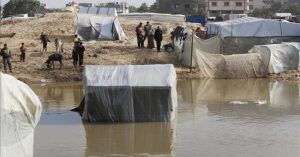
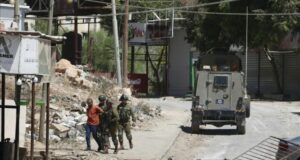

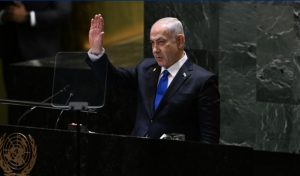


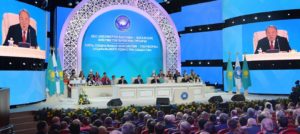
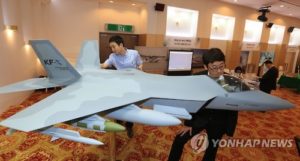











 Mina Indonesia
Mina Indonesia Mina Arabic
Mina Arabic